How to judge the shape of hand-made coffee grounds? what is the problem with the fault in the powder pit after the coffee is washed?
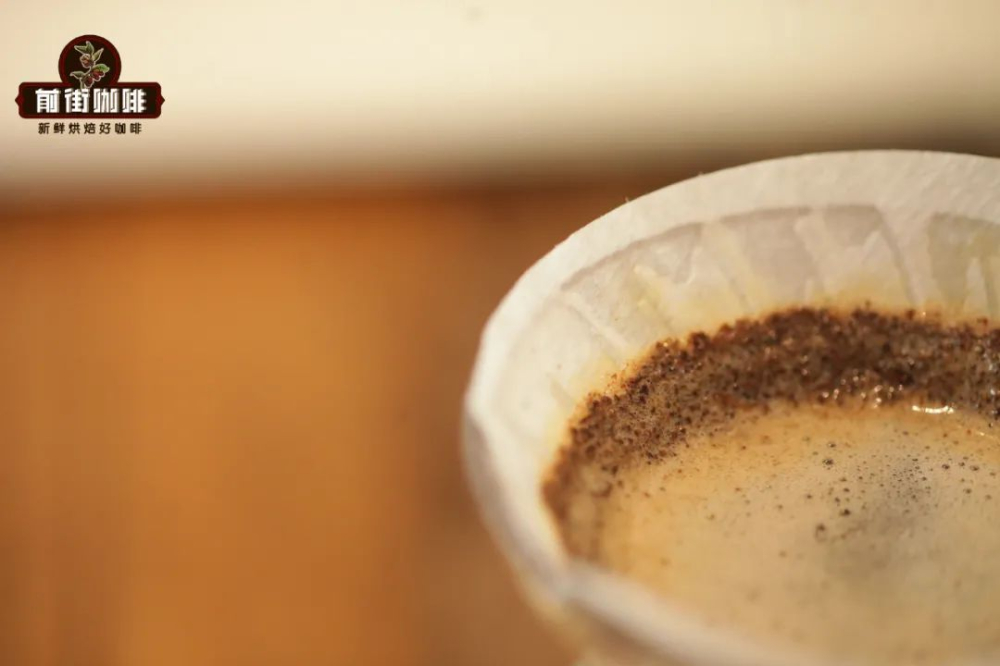
When coffee is finished, many people have the habit of paying attention to powder pits. If the powder wall is complete and the thickness is uniform, the subconscious feels that he has done a good job this time; if the powder pit appears "abnormal", he will begin to reflect on which segment he has not done well. Qianjie noticed when communicating with friends that the powder pit of the other party not only did not form a high enough "wall", but most of the coffee powder was deposited at the bottom. After the coffee liquid was dripped, the exposed powder bed and the short powder wall formed two obvious sections, which is what we call fault.
Too small a turn.
The powder pits that burst out of the fault are usually the work of "conservative" coffee people. Cautious, they are accustomed to using small streams of water throughout, concentrating the water column in small circles until the target amount is filled, lest a cup of coffee be ruined because of their own uncertainty. However, coffee brewed under such "strict control" is likely to taste concentrated and taste too low.
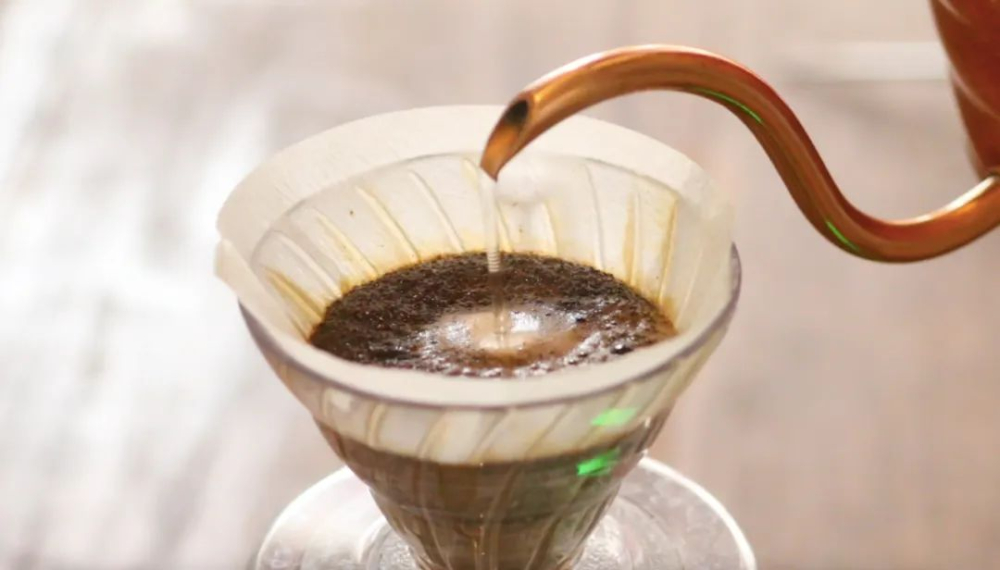
Because the powder layer in the center of the filter cup is continuously accelerated and tumbled under the impact of the straight water flow, the contact area between coffee powder and water is greatly increased. The coffee powder that has not been washed by the water flow will be adsorbed on the edge of the filter paper and form a thick wall. This leads to an unbalanced performance of high extraction rate in the center and low extraction rate in the surrounding areas.
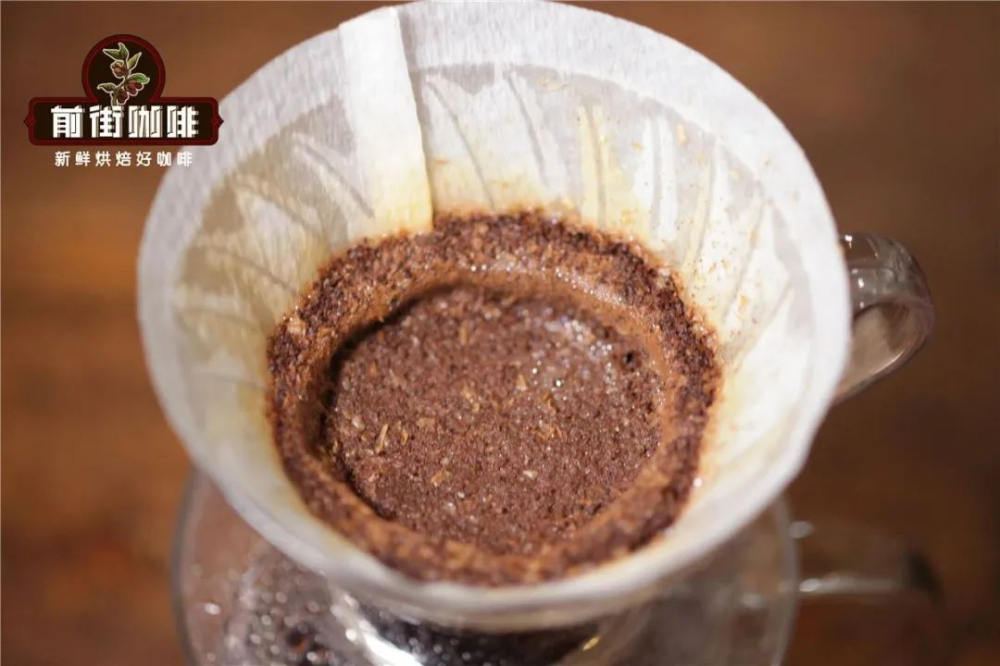
Central replenishment at the end
There is also a common case of a "broken" wall, which is the opposite of a "conservative" brewer. They enjoy the "Buddhist" control of brewing parameters, eyes only staring at the filter cup around the circle, feel almost stopped filling. Finally, it was found that the gram weight of the electronic scale did not reach the target water amount, so it went to the center to "supplement" the previous paragraph.
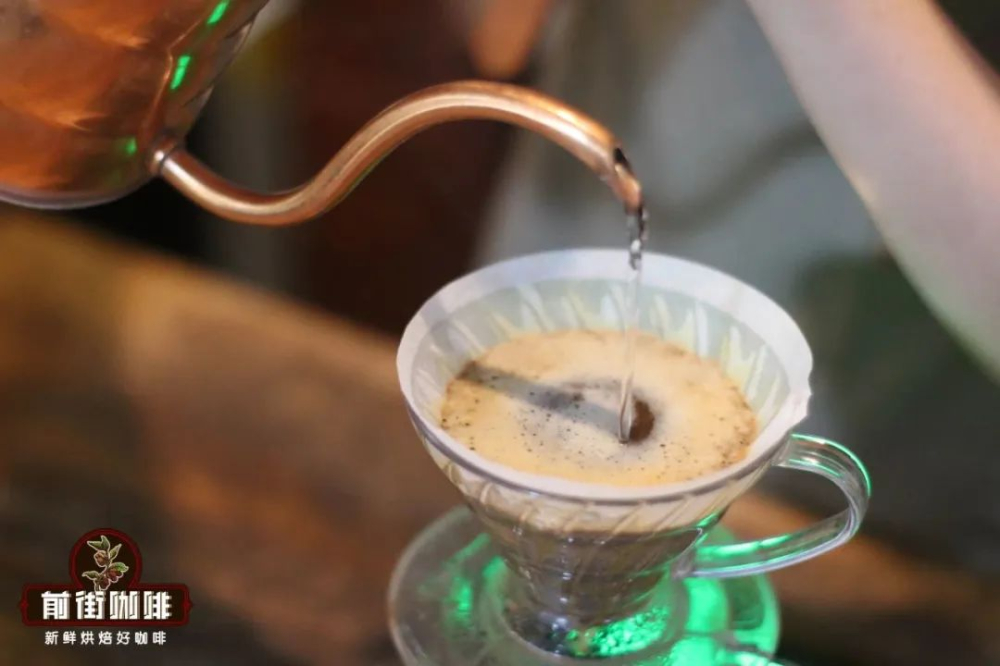
The mixing of the water column in the front section has pushed the coffee powder to a uniform distribution. Under the impact of the final central water column, the particles will float again, and the powder wall overflowed by the water level will sink to the bottom together. Finally, the powder wall will form two upper and lower sections. Most of the final injection takes more than a minute and a half, when the denser coffee particles have already sunk to the bottom, blocking the flow of water. When the water level finally drops, it is likely to cause standing water and a bitter taste.
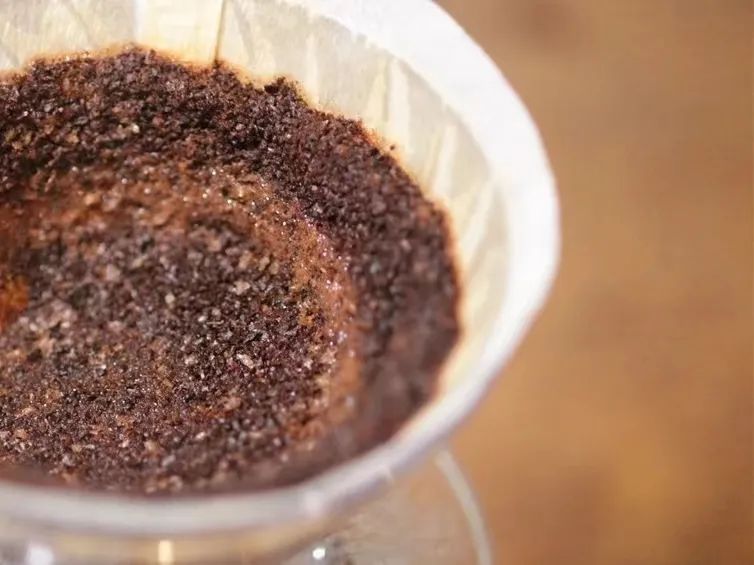
How should faults be avoided? If you want to rush out the flavor of coffee, but also to ensure stability, Qianjie suggested that after the end of stewing, from the center to the periphery continue to increase the circle range. During the process of raising the water level, the powder layer is washed by water column to make the coffee powder extract evenly as much as possible. As the liquid level rises, the coffee powder that can be attached to the filter paper will be less and less, and then it can be concentric circles along the radius of the liquid level 1/2.
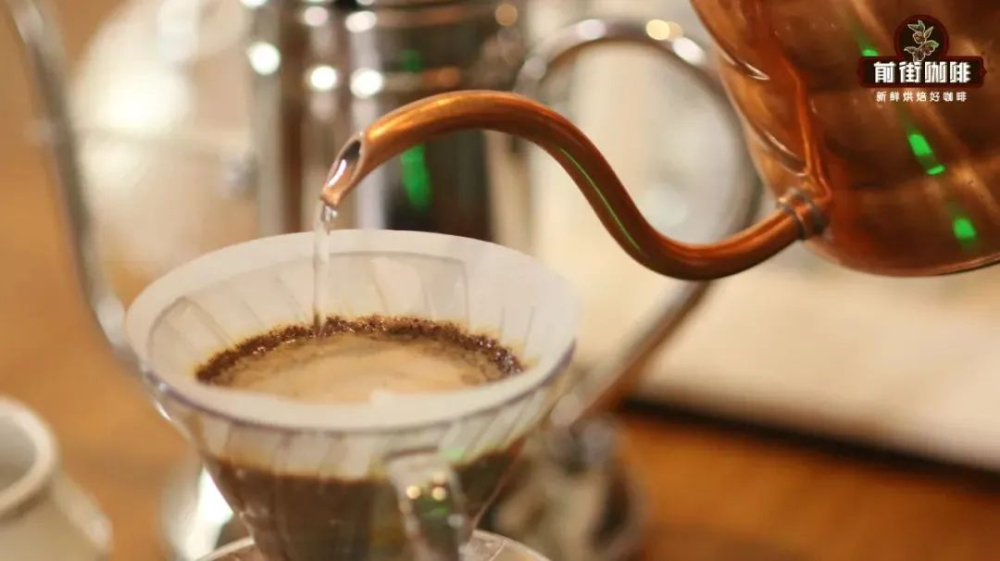
The higher the water flow, the stronger the penetration force, the more obvious the intensity of washing the coffee powder layer; conversely, the lower the water column, the softer the strength, and the smaller the tumbling degree of the coffee powder layer. The height of the water column in the front street is usually kept at 3-4cm when brewing coffee, not because this height is the best for brewing coffee, but because the probability of accidents at this height is the smallest, which is easier to use and reduces the influence of human factors on extraction.
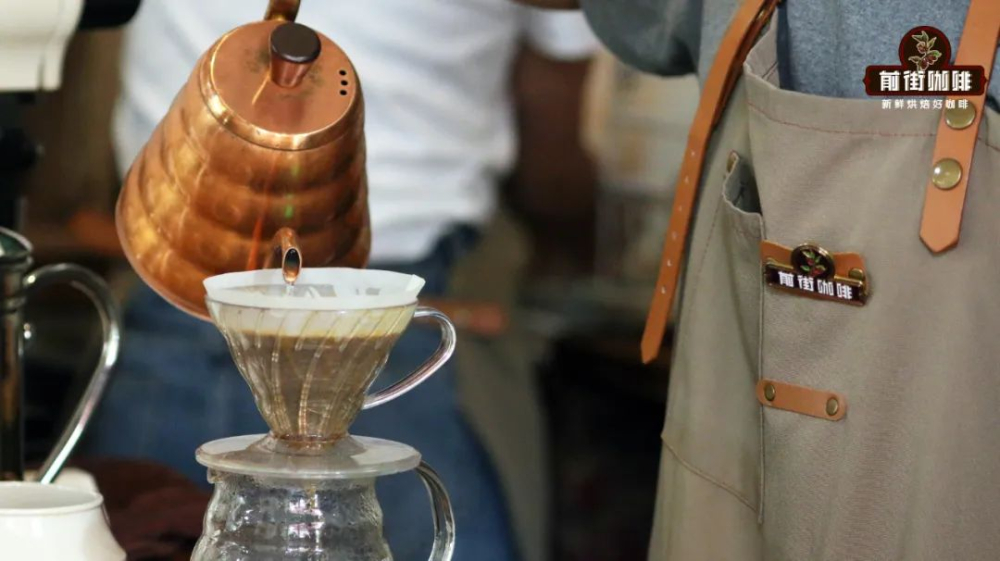
Under the preset brewing framework, in order to extract the ideal coffee, we should follow the brewing plan as closely as possible, and at the same time we need to focus on the increase and decrease of various variables. If each parameter is a little bit different, the coffee release substance will definitely deviate from the preset, and the final flavor feedback will naturally differ greatly.
Professional coffee knowledge exchange More coffee bean information Please pay attention to coffee workshop (Weixin Official Accounts cafe_style)
More fine coffee beans, please add private WeChat Qianjie Coffee, WeChat: qjcoffeex
Important Notice :
前街咖啡 FrontStreet Coffee has moved to new addredd:
FrontStreet Coffee Address: 315,Donghua East Road,GuangZhou
Tel:020 38364473
- Prev

Do different filter cups need to be flushed with different hands? How long is the best extraction time for making coffee?
Yesterday, a friend had a question, because he had a long-term concern about Qianjie's articles, and he would pay more attention to the brewing parameters when brewing. He saw that the brewing time of Qianjie was recommended to be 2 minutes in the article, and he used the parameters of Qianjie in the article to suggest that the brewing time was more than 2 minutes, falling at about 2 minutes and 30 seconds.
- Next

Why doesn't Turkish coffee filter dregs? Taste characteristics of extraction principle of Turkish Coffee
Turkish caffeine has a very exotic cooking style, and after drinking it, it can also be used as a fortune teller, and it has become a success in many moments. But in today's era of pursuit of coffee flavor and taste, the curiosity of Turkish coffee with soup and dregs is still prohibitive to many people. The source of Turkish coffee in the 16th century, the Ottoman Empire
Related
- Beginners will see the "Coffee pull flower" guide!
- What is the difference between ice blog purified milk and ordinary milk coffee?
- Why is the Philippines the largest producer of crops in Liberia?
- For coffee extraction, should the fine powder be retained?
- How does extracted espresso fill pressed powder? How much strength does it take to press the powder?
- How to make jasmine cold extract coffee? Is the jasmine + latte good?
- Will this little toy really make the coffee taste better? How does Lily Drip affect coffee extraction?
- Will the action of slapping the filter cup also affect coffee extraction?
- What's the difference between powder-to-water ratio and powder-to-liquid ratio?
- What is the Ethiopian local species? What does it have to do with Heirloom native species?

